Burning the Midnight Oil for Living Energy Independence
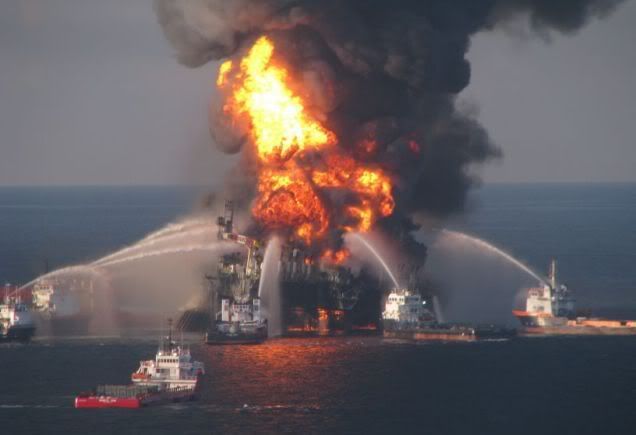

If we reduce our oil consumption by 5% a year over each of the next twenty years, that allows use to be free of our oil addiction if we choose to be. But as I observed last week, since 60%-70% of our oil consumption is in transport, that means that in each decade, seven out of the ten 5% reductions have to come out of transport.
I set forward three of the seven for the coming decade last week: the Steel Interstates, national funding for sustainable power local transit corridors, and a target of 5% “Active Transport” – pedestrian and cycle transport.
I have written at some length on the Steel Interstate, but this was the first airing of the rest of the proposal. I promised to go into more depth this week … and that’s what I aim to do today.

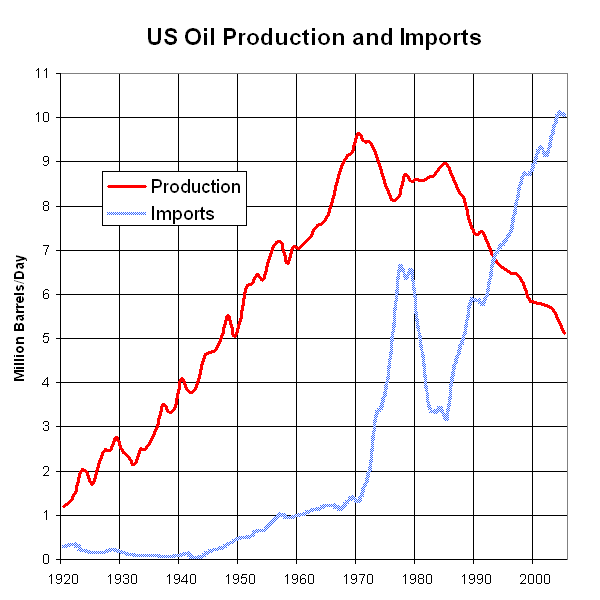 And, anyway, we already tried Drill, Baby, Drill. Its played itself out already.
And, anyway, we already tried Drill, Baby, Drill. Its played itself out already.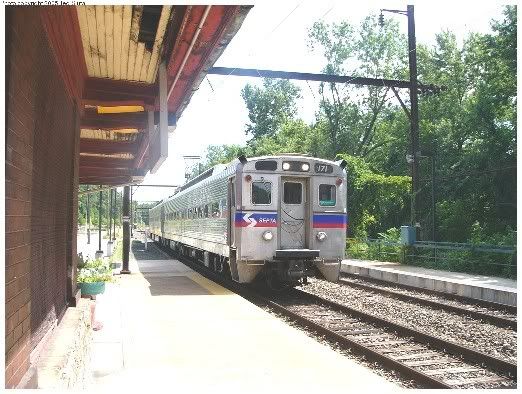 In his inimitable “twisting mainstream economics in as progressive direction as he can accomplish” style, Paul Krugman has made a splash among those following the challenge of our headlong and reckless pursuit of Climate Chaos with
In his inimitable “twisting mainstream economics in as progressive direction as he can accomplish” style, Paul Krugman has made a splash among those following the challenge of our headlong and reckless pursuit of Climate Chaos with  I noted
I noted 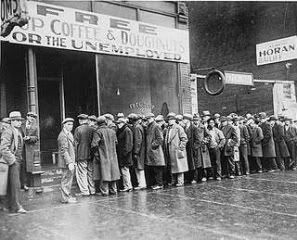 The March Jobs Report has come, and though there appears to have been some employment growth in the
The March Jobs Report has come, and though there appears to have been some employment growth in the 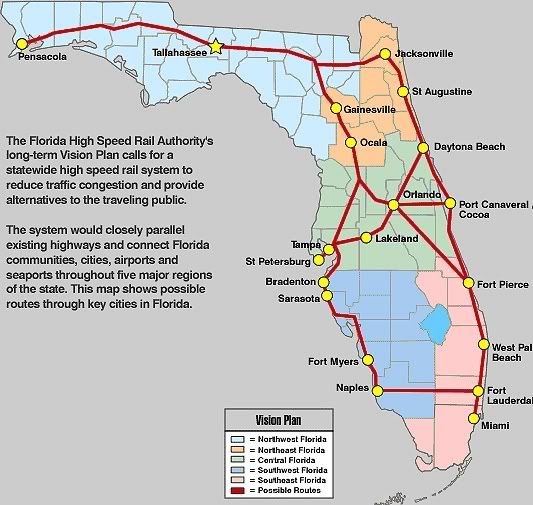 Disclaimer: Nothing said here should be taken to imply that airport/train connections are the primary transport task for either light rail, mass transit, conventional intercity rail, or high speed intercity rail. In other words, the focus of an essay in a regular weekly series on one particular topic does not imply anything along the lines of “most important thing”.
Disclaimer: Nothing said here should be taken to imply that airport/train connections are the primary transport task for either light rail, mass transit, conventional intercity rail, or high speed intercity rail. In other words, the focus of an essay in a regular weekly series on one particular topic does not imply anything along the lines of “most important thing”. Huh, seems me that whatever the state of my various concerns, the agenda of the Sunday Train has been taken over by the White House … funny how announcing the recipients of a total of $8b will do that.
Huh, seems me that whatever the state of my various concerns, the agenda of the Sunday Train has been taken over by the White House … funny how announcing the recipients of a total of $8b will do that.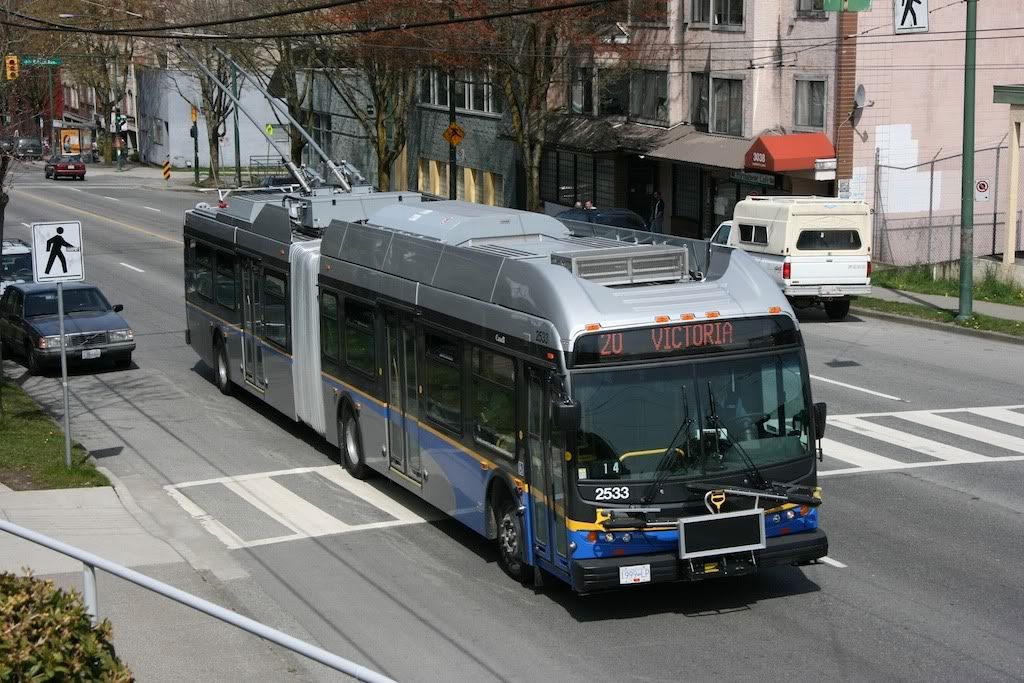 Note that the statement is abbreviated for the title. The full statement is, a common carrier like a train, bus, or plane that running a profit based on passenger revenue while paying its full operating and capital cost is charging too much for its tickets.
Note that the statement is abbreviated for the title. The full statement is, a common carrier like a train, bus, or plane that running a profit based on passenger revenue while paying its full operating and capital cost is charging too much for its tickets.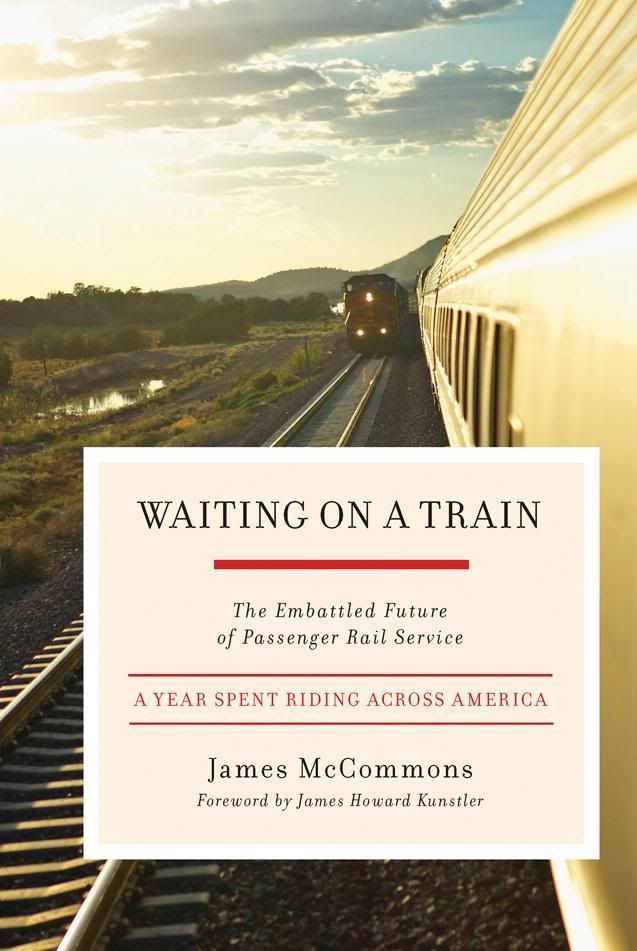 Flying home from the Economist’s national conference Atlanta (see note1) my brilliant entertainment plan to pass the day lost flying home from Atlanta fell apart.
Flying home from the Economist’s national conference Atlanta (see note1) my brilliant entertainment plan to pass the day lost flying home from Atlanta fell apart.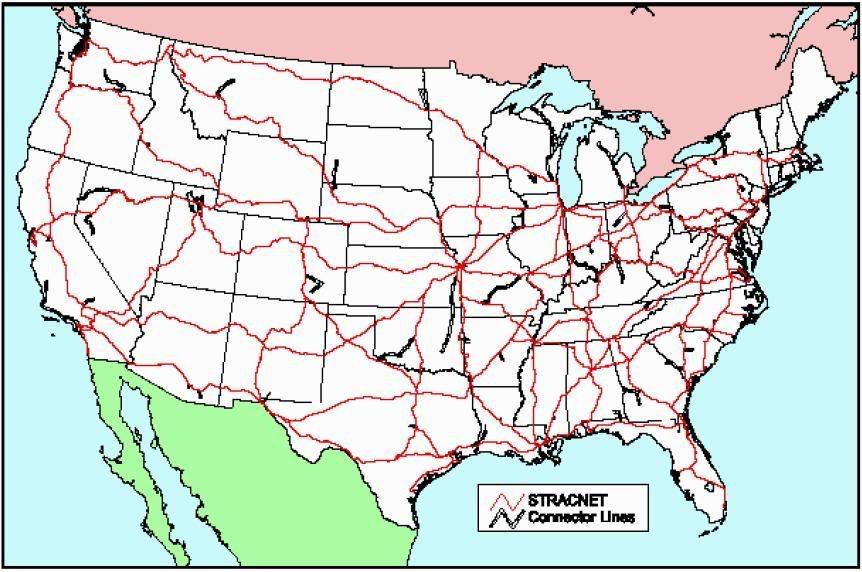 The
The 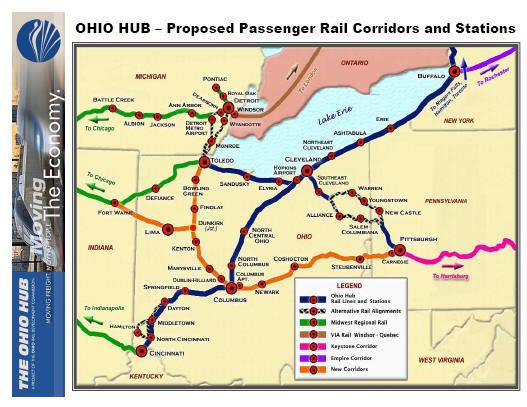 One of the stories that came out into the press this week was the pledge by the US Department of Transport to look into
One of the stories that came out into the press this week was the pledge by the US Department of Transport to look into